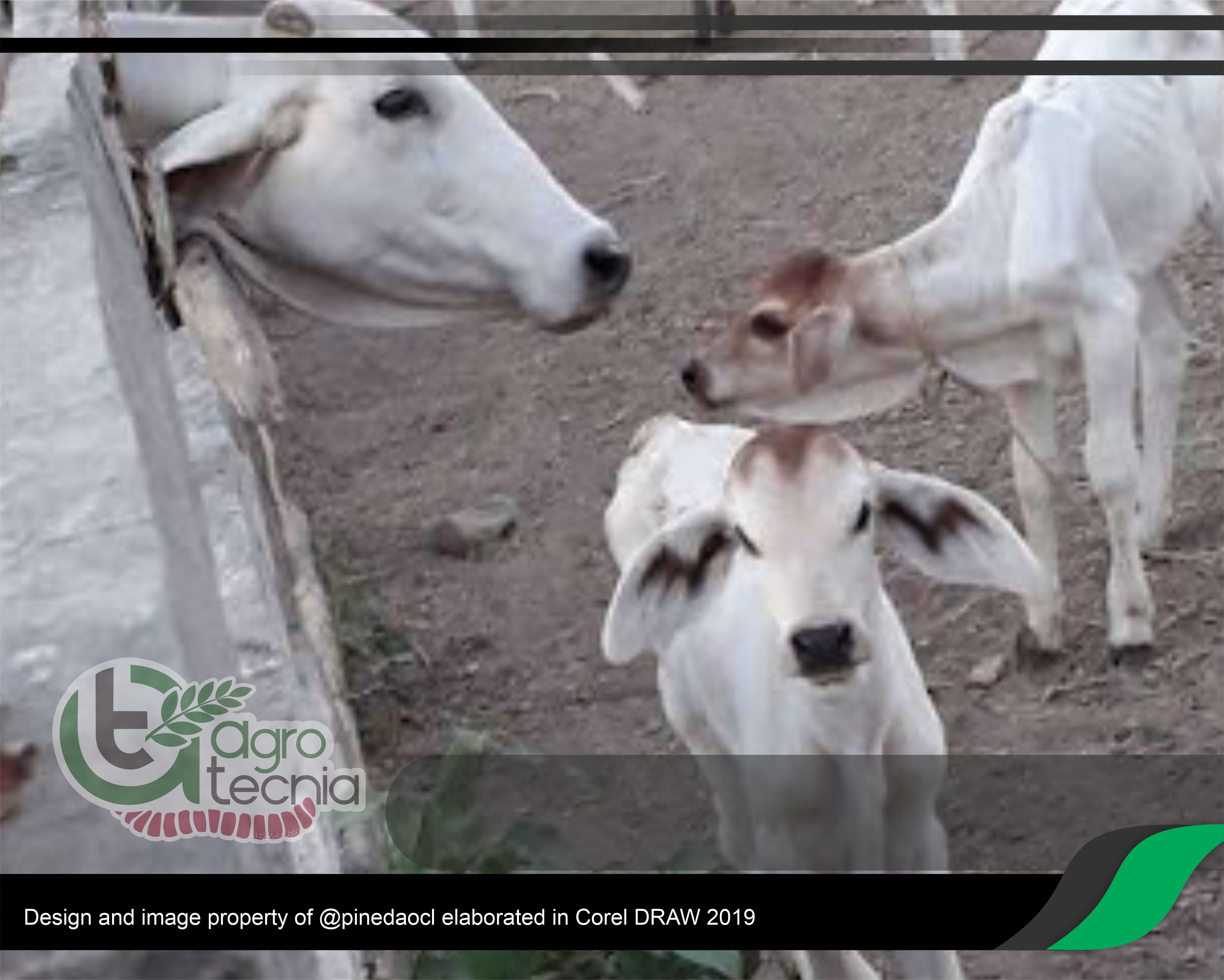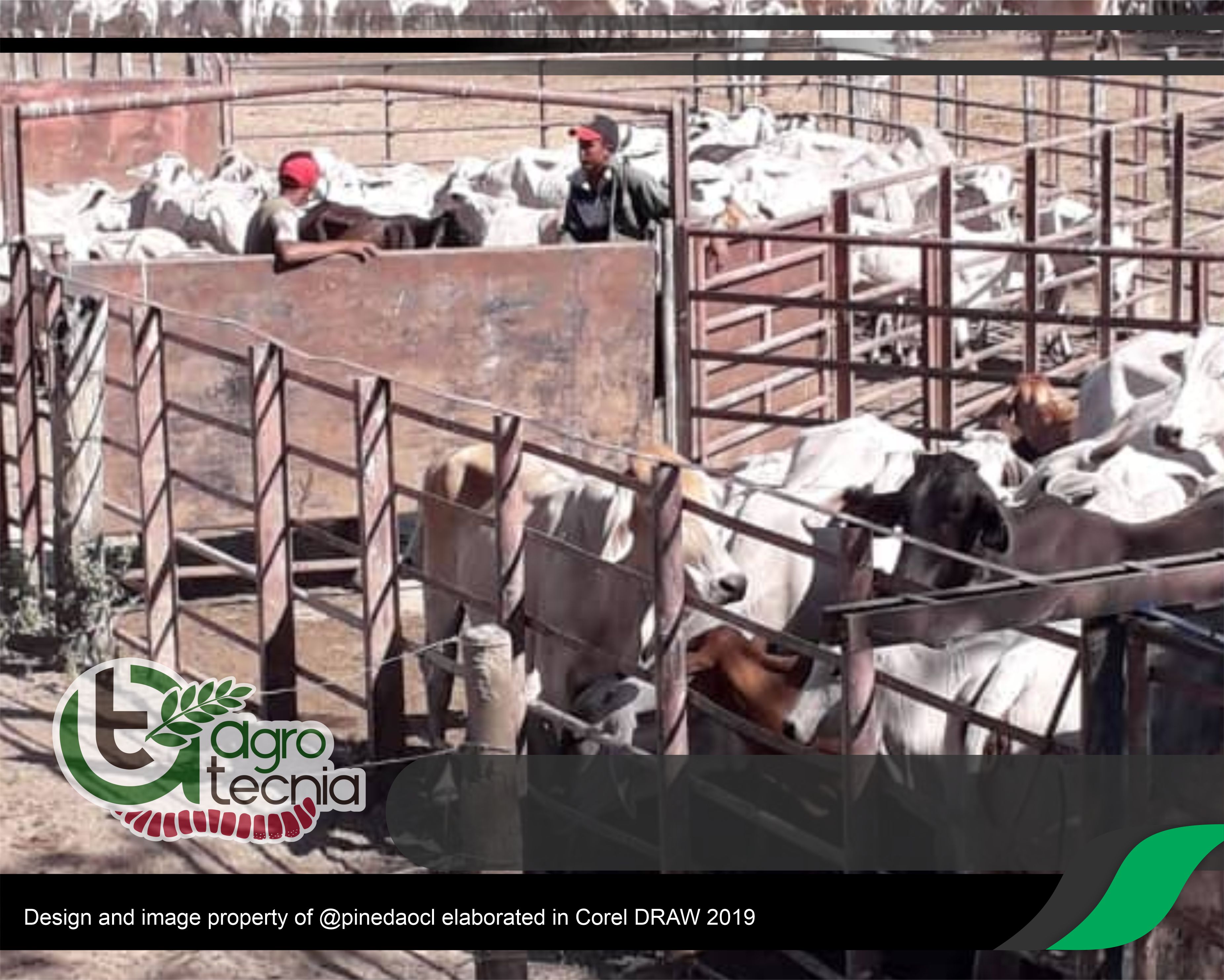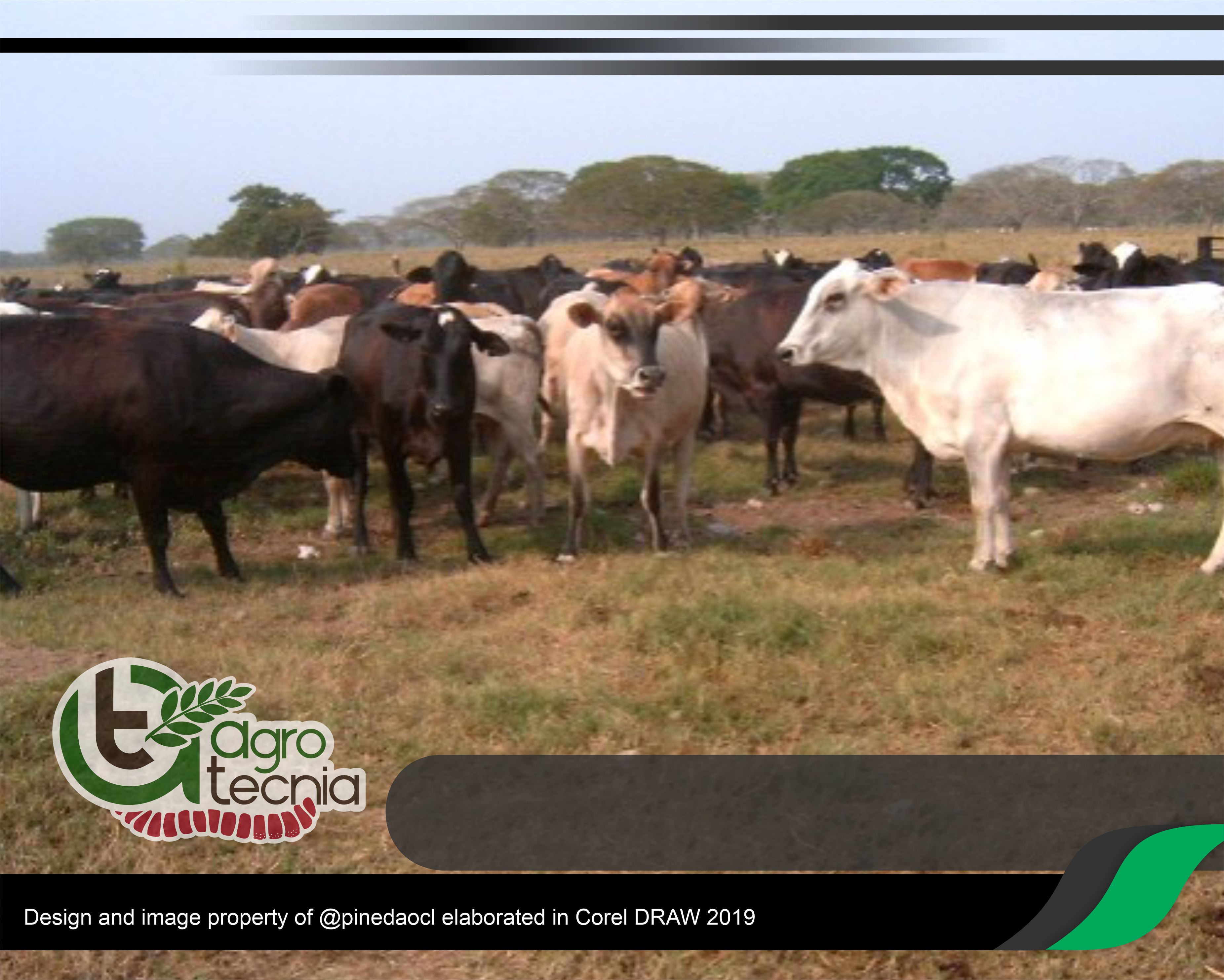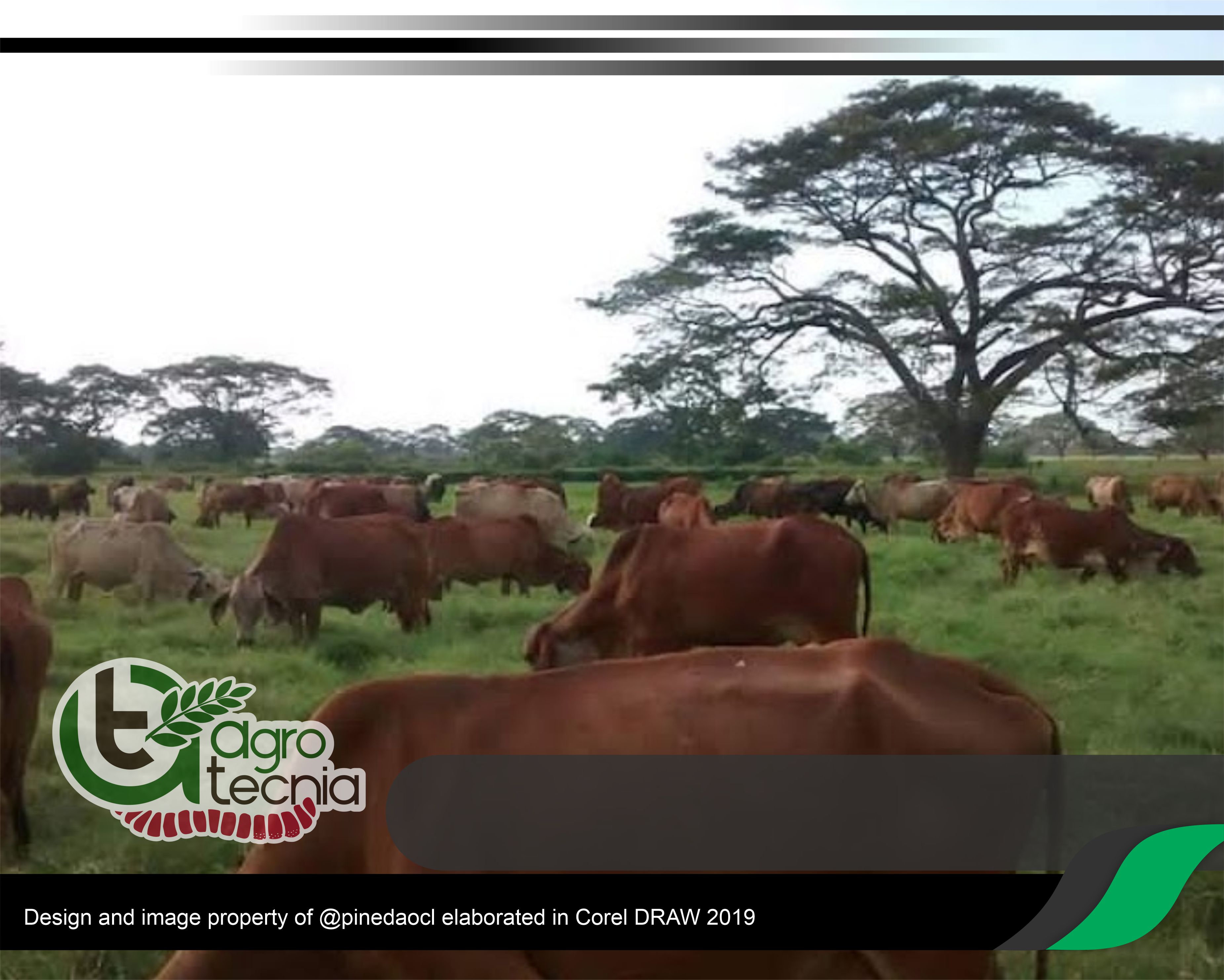Importance of production indicators in livestock systems
Greetings my dear readers, in order to continue on the path of knowledge, today I share with you a reflection on the importance of the study of technical indicators in livestock systems, since, in Latin American countries, despite having a considerable population of cattle, the supply of meat and milk does not meet the demands of these products, which leads us to take actions in this regard, and one way to make the right decisions, is the evaluation of technical and productive indicators that allow proper planning in production units.

When we talk about technical and productive indicators in livestock production systems (LPS), we refer to the data that are reported or should be reported in the records of the production unit, on those characteristics of the system that can provide valuable information, some examples of indicators are the calving interval (days), duration of lactation (months), average age at calf weaning (days), age of the cow at first calving (months), animal load (U. A/ha), liters of milk/ha/year, liters of milk/cow/year, liters of milk/cow/day, kg of meat/ha/year, animal load, among others, whose data will allow their respective analysis.

It should be noted that the evaluation of technical, productive and reproductive indicators on the most relevant aspects of a livestock production system can show trends and possible improvement plans in the efficiency of the production unit to generate greater profitability and social welfare, in relation to the planning of the production unit to achieve the established objectives. In the Southern Zone of Lake Maracaibo, specifically in the Municipality of Machiques de Perijá, Zulia-Venezuela, according to data collected by researchers from the University of Zulia for the year 2010, the following technical and productive indicators were presented:
- Average stocking rate of 0.9 U.A/ha
- Inter-calving interval of 408.2 days
- duration of lactation of 239.7 days
- age at weaning of 249.2 days
- age at first calving of 35.4 months
- 5.56 years of useful life of breeding stock
- 65.56 Kg. of meat/ha/year
- 6.41 lts/cow/day.

From the indicators presented, we will take as an example the stocking rate to make a brief analysis of its result, which was 0.9 AU/HA (AU: animal unit; HA: hectare). Through this indicator we can infer about the pasture situation, since the stocking rate is expressed in the number of animal units that can be fed in a surface unit, that is, the higher the production of forage biomass, the higher the number of animal units we can have in a forage hectare.

Let's develop this small exercise: in a crop of Guinea grass (Megathyrsus maximus) the dry biomass yield (BS) was 2 418 kg/ha in 30 days (data taken from a work developed by Cedeño, Luna, Espinosa and Romero 2021), on the other hand, the supply (amount of forage offered for animal feeding) for a 450 kg cow can be around 27 kg/ms/day (810 kg/ms/month), which means that according to the yield of the species for this practical case, we can have an animal load of 2.98 AU/Ha (Animal load= yield / supply).
The previous example allows us to reflect on the animal stocking rate indicator, since such a low stocking rate (0.91 AU/HA) is a sign of poor pasture management, which does not show a biomass yield sufficient to maintain 2 to 3 AU/HA. It should be noted that each species of pasture has a productive potential, and it can only be manifested if the necessary conditions are provided for this to occur, i.e., practices such as fertilization, irrigation, drainage, weed control, adequate grazing, paddock rotation, among others, should be applied in order to provide the appropriate scenario for proper growth and development of the species.
In accordance with this topic, some studies have related aspects such as the organization of personnel in livestock systems with the size of the farm and the technological level implemented on it; in addition to the development of infrastructure to support productive activities, such as animal management and milking, as well as the establishment of fences, the distribution of grazing modules and necessary agricultural practices can give indications of the technological level of the farms. In fact, another element for the evaluation of the technological level of the farms is the reproductive management, the type of animal and its capacity to adapt to the agro-ecological conditions of the farm, the calving rate and the production of replacement animals that guarantee the continuity of the agribusiness.

In short, the analysis of indicators provides a great advantage for the agribusiness, since they are of vital importance to detect in time and correctly the problems that may affect the productivity of the farms, thus recognizing the situations of the context and to be able to establish the goals choosing the best combination of means to achieve it. Thus, the results obtained during the evaluation of the farm can avoid serious consequences during planning, considering the conditions of the environment and the potential of the farm in search of a transformation of the factors that imply greater profitability, growth and adaptation of the system.

- Cedeño Aristega, M. J., Luna Murillo, R. A., Espinoza Coronel, A. L., & Romero Garaicoa, D. A. (2021). Producción y composición química de megathyrsus máximus cultivares tanzania y mombasa bajo condiciones del subtrópico ecuatoriano. Ciencia Latina Revista Científica Multidisciplinar, 5(4), 6427-6443.
- Rodríguez-Petit, A. 2013. Prácticas de manejo de pastizales y productividad de leche en la Cuenca del Lago de Maracaibo. En: Manejo de Pastos y Forrajes Tropicales, Cuadernos Científicos GIRARZ 13, Perozo Bravo, A. D. (ed.). Fundación GIRARZ. La Universidad del Zulia. Ediciones Astro Data, S. A.
- Urdaneta, Palomares y Cañas. 2012. Análisis de eficiencia técnica en fincas ganaderas de doble propósito en la cuenca del lago de Maracaibo, Venezuela.


0
0
0.000
Thanks a lot for sharing this interesting blog with us.
I have the impression that all the focus is set on the production, so that it could reach the demands. However, what about the demands? Are they reasonable relative to what we find in other countries? In other words, could it be that the production level are correct, but that the demands are simply too high?
Cheers!
Hello! thanks to you and the #StemSocial community for your support and interest in my blog.
Well, in relation to demand, as you mention in your question, it may indeed be the case that the demands are very high, since by nature, human beings are difficult to please, and we are rarely satisfied with what we get.
However, from the technical productive approach, the livestock systems of the Latin American tropics enjoy the privilege of having diverse climatic factors that can favor the production of biomass, but due to the lack of adequate management of the resources, it is not possible to surpass the production standards.
Thanks for coming back to me.
This indeed looks like being a definition of human beings :D
So in fact, here the real problem is the management and not the demands by themselves. I imagine that many are aware of this (at least you are, as @amestyj probably), so that there is a chance to see a good evolution soon, isn't there?
I consider that the demands are part of the whole, that is to say, of the complexities of the system.
That is the idea my friend @lemouth, both my husband @amestyj and I, in the scenarios in which we share knowledge with producers or students, we try to show our vision about the field, it is a controversial issue, as it affects largely the economic factor, however we can improve production models in search of the survival of our species on the planet.
It is a pleasure to exchange ideas through this medium, happy day!
I fully agree. Only a global vision of the situation makes sense. I didn't know this was so controversial. After all, it sounds very logical to me. However, if logic would rule the world, the world would definitely be better today... ;)
Have a nice week-end !
PS: I didn't know about the connection between you and @amestyj (except for the topics of your posts) ^^
Greetings dear friend @lemouth, I have had some setbacks with my computer that I have already managed to fix. As you well mention the success of an agricultural production unit is determined by the management of the personnel in charge. Managing indicators is very important to know the productive efficiency of the agronomic practices that are applied and make timely decisions, to correct any problem.
The agricultural company is very complex, because they are managing natural resources, if you learn to manage them will be successful, because not everything is based on having the most production, the success lies in having greater productivity, that is to say that there is a better cost-economic, as well as ecological.
So long, have a great weekend-
I was actually not only referring to the management of the personal, but all kind of management (and your comment of course still applies with this in mind).
I did not initially imagined all the complexity underlying the agricultural context. It was thus really cool to have met you and your wife here on STEMsocial (and Hive).
Have a nice week-end!
Thank you friend, maybe it is a pleasure for us to have known you and to be able to interact in your community.
Thanks for your contribution to the STEMsocial community. Feel free to join us on discord to get to know the rest of us!
Please consider delegating to the @stemsocial account (85% of the curation rewards are returned).
You may also include @stemsocial as a beneficiary of the rewards of this post to get a stronger support.
Congratulations @pinedaocl! You have completed the following achievement on the Hive blockchain and have been rewarded with new badge(s):
Your next target is to reach 9000 upvotes.
You can view your badges on your board and compare yourself to others in the Ranking
If you no longer want to receive notifications, reply to this comment with the word
STOPCheck out the last post from @hivebuzz:
Support the HiveBuzz project. Vote for our proposal!
Found the post quite interesting.. One needs to go about farming wisely and well planned. With this post, we just found a better way to do this. Thank you
Hi @researchassistnt, thank you for your assessment of the publication, the countryside is a wonderful place, in which we just have to know how to manage resources and take advantage of the goodness that the wise nature gives us. A pleasure to share with you!